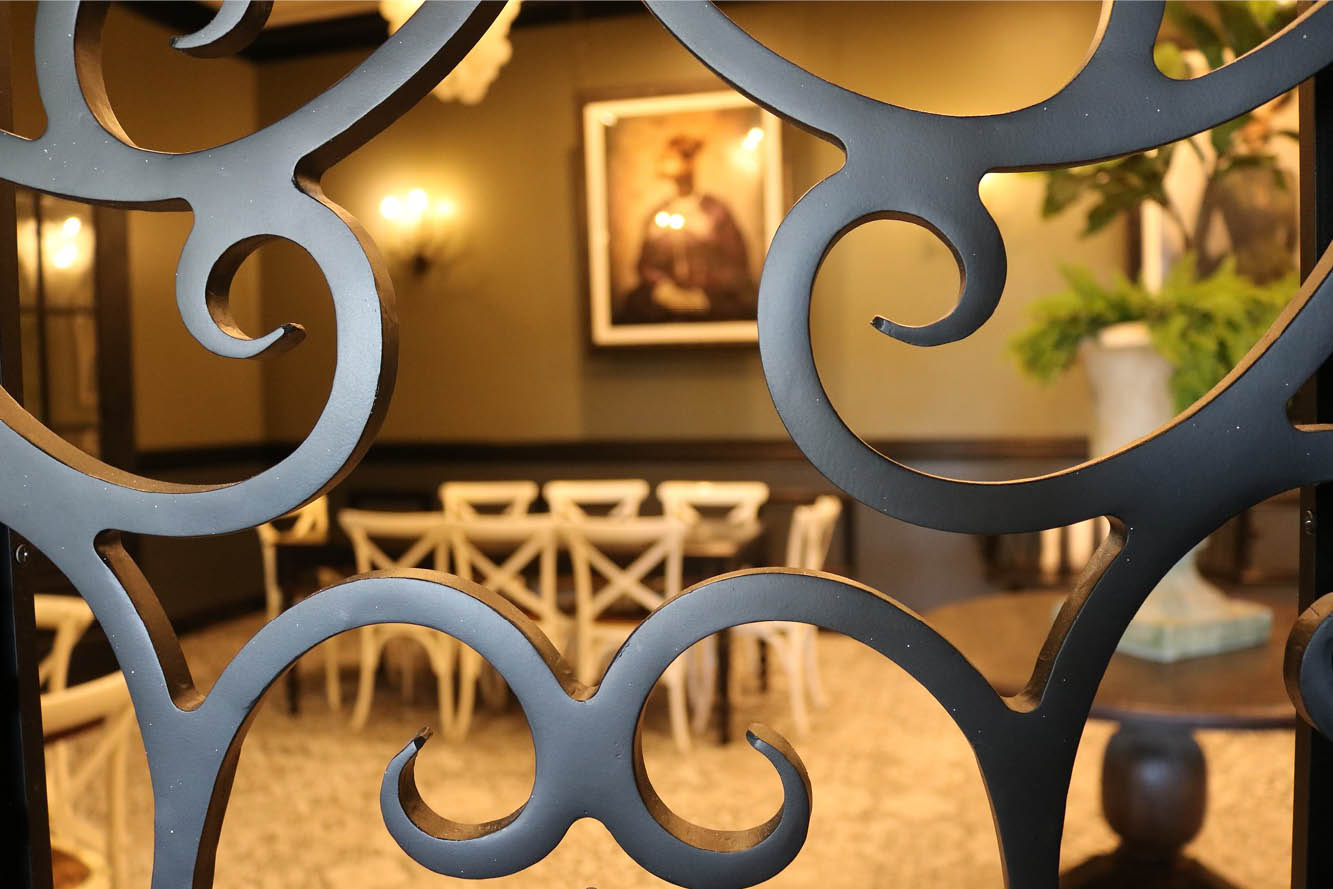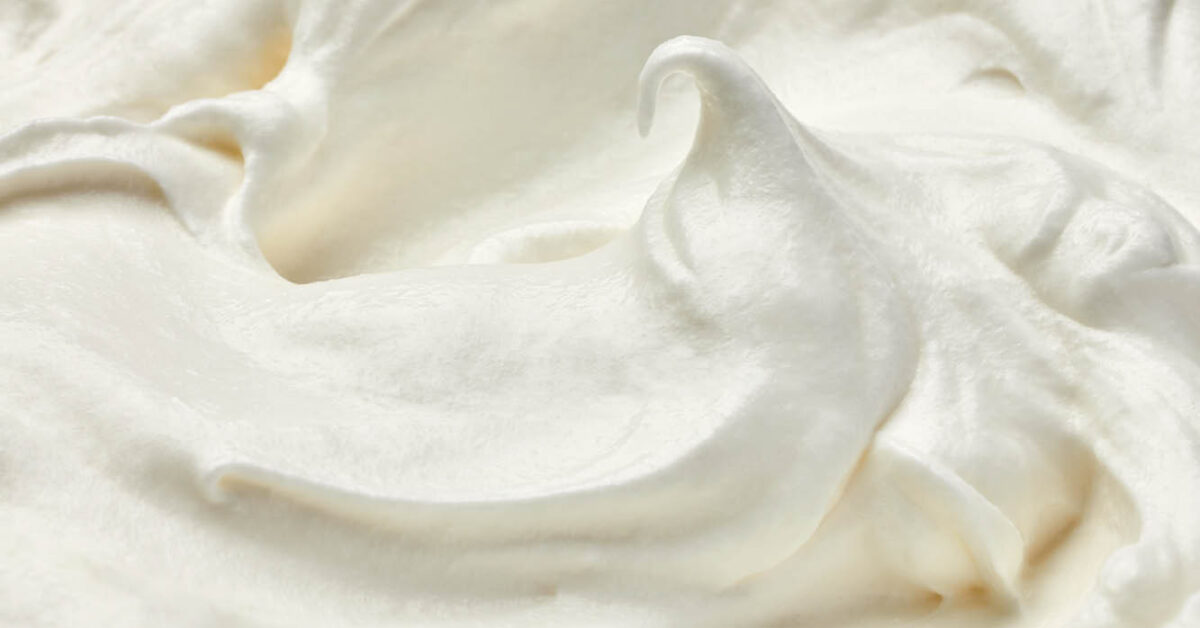
Bodega Wine Dive
October 2021
The Anniversary Effect
October 2021Ever wanted to start making your own cakes but feel intimidated by the perfect cakes on Pinterest? According to Lakyn Conner, owner of Lak’s Cakes, it’s not as hard as it looks. Conner is a self-taught baker who started her business in Sulphur, Louisiana as a hobby. She says, “One of the most important things to practice until you get it down to a routine is smooth sides, sharp edges and a bulge-free surface.”
Conner offers the following five tips for a perfectly frosted cake:
- Once your cake layers are baked, wrap them in two layers of saran wrap and place them in the refrigerator or freezer if you do not plan to decorate the same day. “This will allow the layers to firm up, which will make it a lot easier when stacking your cake,” Conner says.
- When the cakes are firm, and your choice of icing is ready (Conner prefers American buttercream), you’re ready to stack and start icing.Place your cake board atop your turn table and apply a small amount of icing to the middle of the cake board. This works as a “glue” for your first layer to stay in place.
Set your first layer on the cake board. Turn your cake layer upside down, which provides a nice, flat area to apply your frosting.
Plop a big scoop of icing down on the center of your cake layer. Use an offset spatula to spread the frosting evenly. Center your next cake layer on top.
Continue these steps for however many cake layers you have. Once done, complete the same process for the top of the cake stack and smooth it out.
The excess icing should fall onto the sides. Spread this “crumb coat” all around your cake to keep the crumbs in this layer of icing, rather than the outer layer. Don’t worry if it isn’t smooth.
Once you have frosted all around, you’ll need either a metal or acrylic bench scraper. Choose a place to start, line your scraper up to the cake and start scraping the sides until you are pleased with the look. It should be as smooth as possible.
- After you complete your crumb coat, take a jumbo straw and poke a hole in the middle of your cake all the way to the bottom. This allows air trapped inside the cake layers to escape. “Sometimes after your layers have set, they drop a little,” she explains. “The trapped air can create unwanted bulges. A simple hole through the cake assures no bulging.” If you like the new, trendy “naked” cake look, Conner says, “Congrats! Your cake is finished.”
- For a more traditionally finished cake, refrigerate the cake for about 20 minutes to allow the first layer of frosting to firm up. Then apply another layer of icing on top and around the cake completely.
Take your bench scraper and start scraping again. If you notice any missing icing, add more icing and scrape again. Scrape in one motion, without a lot of stopping and starting, which creates lines in your cake. If you use a metal scraper, place it under hot water for a second before scraping. “This melts the icing just a little bit and gives you the smooth sides you desire,” Conner says.
- After scraping the sides completely, the top edges of the cake will look rigid. Place your cake back into the refrigerator to firm up again. Once it’s set, take your offset spatula and simply slice off the excess icing on the top. “Now you have a photo-worthy cake with smooth, sharp edges!” Conner adds.






